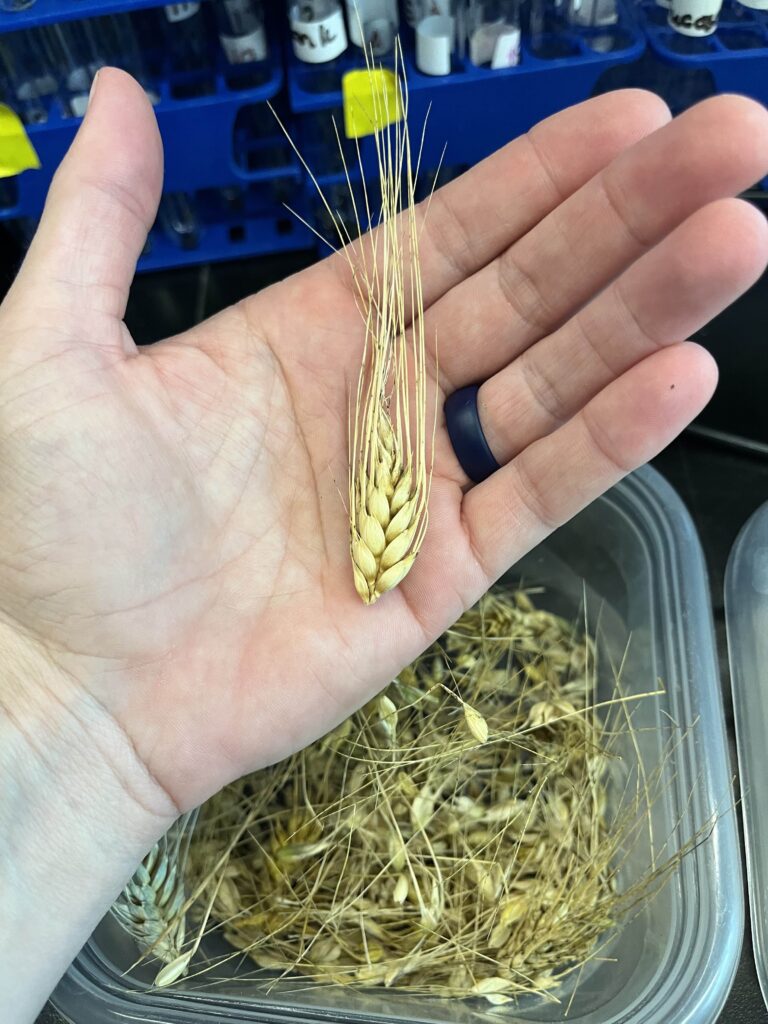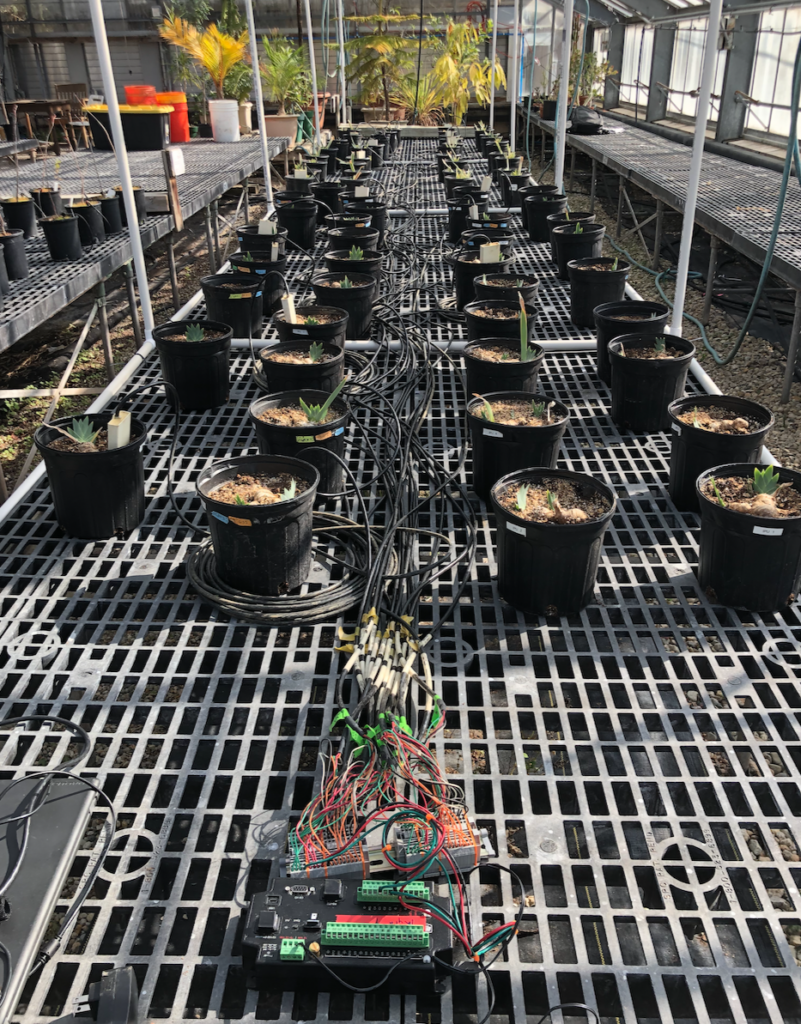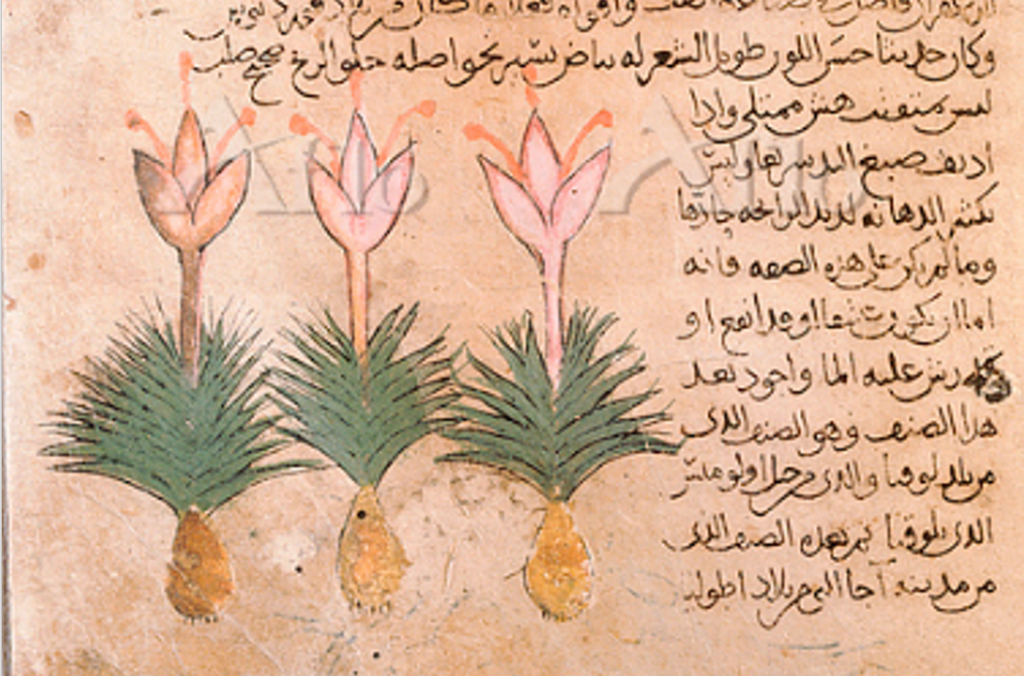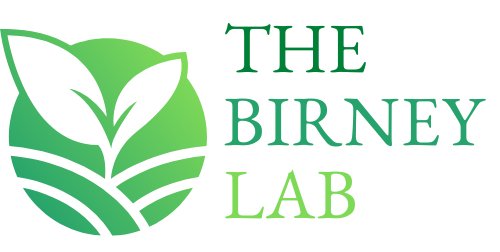Current Research
Research is funded by the National Science Foundation, the Andrew W. Mellon Foundation, Yale University Planetary Solutions, and Wesleyan University.

Drought Resilience Mechanisms in ancient Egyptian Wheats and Implications for modern Crop Strategies
There has been considerable recent interest in ancient DNA as a means to preserve cultural heritage, increase biodiversity, and support sustainable agricultural practices (Longin et al., 2016; Przelomska et al., 2020; Antonelli, 2023). This project explores the viability of using archaeobotanical materials and frameworks in new ways to answer historical questions and to identify resilience traits and their underpinnings that have been lost or overlooked in modern agricultural cultivars. In collaboration with Dr. Craig Brodersen at the Yale School of the Environment, we are carrying out the first experimental assessment of comparative drought resilience in two grain crops that played key roles in ancient Egypt: emmer wheat (T. turgidum ss. dicoccon), the indigenous grain of pharaonic Egypt, and durum wheat (T. turgidum durum), a colonial crop introduced into Egypt by the Ptolemaic Greeks to displace emmer in the 3rd century B.C.
Using archaeological samples and crop phylogenies (assessed through a historical lens), we have identified specific accessions that are close cognates of these ancient species. By studying the morphological and physiological responses of these cultivars to experimental drought stress, this research will contribute to a mechanistic understanding of both past crop failures resulting from drought and sustainability efforts – including precision agriculture, biodiversity preservation, and crop breeding programs in arid and semi-arid climates. Drawing upon archaeology, plant ecophysiology, and agricultural science, our research thus has implications for modern agronomic practices while potentially shedding light on ancient geopolitical and historical outcomes.

Physiological and Pharmacological responses of Medicinal Iris to Saline Environments
Greek and Roman authors observed variability in the medical and aromatic potency of key medicinal species grown around the Mediterranean, and often ranked the “best” and “worst” growing regions for some. This research uses archaeological, environmentnal and textual data to reconstruct the ancient microclimates on medicinal iris species in widespread use throughout the Mediterranean. Iris (I. pallida, I. germanica) is the first medicinal plant listed in Dioscorides’ 1st. c. A.D. De Materia Medica (1.1.1), and the pharmacological and aromatic value of its rhizome been recognized for at least four centuries prior by Theophrastus (De Causis VI.12.12, Enq. I.VII.2), used in antiquity to treat ailments of the lungs and bronchial tissues, for topical skin ailments, and as an abortifacient. Iris continued to be prescribed to treat a range of afflictions throughout the Middle Ages and the Renaissance, and even as recently as the 20th century. We are growing two varietals of Iris pallida, one from a Mediterranean source (IPU) and one from a US source (ICT), in the YSE greenhouses, and are studying the physiological and phytochemical responses of iris to scaled levels of salinity modeled on environmental conditions of favored growing regions in antiquity. We are particularly interested in the impact on flavonoids, particularly isoflavonoids, which seem to be the primary bioactive compounds underlying iris’ medicinal potential.

Rethinking “Sicilian Crocus” in Antiquity: Ecophysiology, Environment, and Classical Texts
Classical scholars have long held that the saffron in widespread use throughout the ancient Mediterranean was Crocus sativus, a sterile triploid descendant of the wild C. cartwrightianus, and indeed use of C. sativus in antiquity has been extensively borne out both by iconographic and phylogenetic studies. Two principal scholars of the Roman world, Dioscorides the physician and Pliny the natural historian, disagreed radically over the virtues and commercial value of saffron crocus from Sicily, with one praising its quality, and the other excoriating it. This study explored the impact of variable microclimates and post-harvest treatment on the phytochemistry of C. sativus, and brings environmental science and botanical analysis to bear on Pliny’s language to offer an updated translation that may point towards a different species for “Sicilian crocus”, the identify of which was lost over centuries. (published, Economic Botany, https://doi.org/10.1007/s12231-024-09600-6)
Medicinal Microclimates: Environmental Variability and Ancient Medicines
Many ancient authors – from Hippocrates to the Middle Ages – noticed that the same species of medicinal plant grown in different environments could vary significantly in their medicinal, cosmetic, or aromatic character. They even went so far as to “rank” plants of the same species: Iris (probably I. germanicus) from Illyria and Macedonia, for example, was said to be both more potent and aromatic than those from Libya (Diosc. DMM 1.1.); storax (S. officinalis) from Turkey was said to be of better quality than that from Crete (Pliny HN 12.126). Environmental science has already demonstrated intraspecific phytochemical diversity in a host of common Mediterranean species such as oak and olive, and recent developments in plant biology now help us understand how these environmental stressors impact plant chemistry. Birney Lab is harnessing these new approaches to study ancient medicinal plants through a systematic collection and fingerprinting of modern botanical reference samples of ancient medicinal plants across a range of geographies and ecologies to study their chemotaxonomic variability in relation to microclimate. We are then drawing on archaeological data, environmental science, and classical texts to reconstruct the landscapes where such plants were grown in the ancient Mediterranean. The Medicinal Microclimate Project enhances our understanding of pharmaceutical plant use in ancient medical texts (and the archaeological record) and may return needed attention to species whose pharmacological value was praised by ancient authors but has since been dismissed or overlooked by modern labs that were looking at plant profiles from different ecological niches.
Archaeological Residues as Proxies for Palaeoenvironment
Traditionally, reconstructions of palaeoenvironment have relied upon palaoebotanical and palynological (pollen) data to reconstruct local flora and ecological landscapes. Archaeological organic residues – extracted from containers carrying commodities, or from artifacts – can be used to confirm these data streams. However residues can also preserves signatures of plant species whose remains are not normally preserved in the botanical or pollen record, and which would otherwise be completely invisible. By marrying organic analysis with ceramic petrography, the geological “fingerprinting” of ceramic containers to determine their place of manufacture, it may be possible to connect organic signatures with locally-produced (rather than imported) ancient containers. The Proxy Project helps us to confirm and enrich existing reconstructions of local ecological landscapes and commercial practices at specific archaeological sites.
